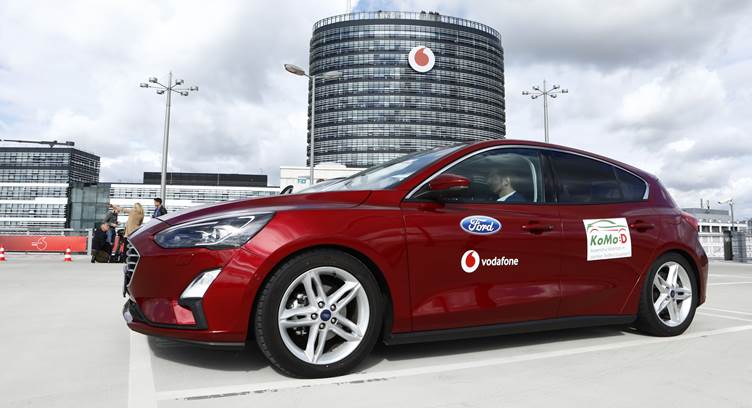Vodafone Germany has announced a new and open V2X platform at the recent the connect conference 2021.
Via the Vodafone V2X Message Broker, which it operates on a 'Multi Access Edge Computing platform', all road users - pedestrians, vehicles or infrastructure components such as traffic lights - can exchange information with one another almost in real time. The new V2X platform thus contributes to a significant increase in road safety and is the basis for autonomous driving.
V2X stands for 'Vehicle to everything' and describes the direct networking of all road users. The traffic light then informs the approaching car of the time that remains until the traffic light turns green. The truck receives the information from the bike in its blind spot that it has to be careful when turning in order to avoid a serious accident. And the rescue vehicle uses mobile communications to instruct the vehicles in front to correctly form the rescue lane. In short: everyone speaks to everyone in the road traffic of the future. All road users warn each other of dangers.
The new V2X platform from Vodafone is based on the open network protocol Message Queuing Telemetry Transport (MQTT) for machine-to-machine communication (M2M). This protocol enables the transmission of telemetry data between different devices. It uses the so-called publish / subscribe mechanism, which is ideally suited for V2X communication.
Guido Gehlen, Head of Connected Mobility at Vodafone
With the Vodafone V2X Message Broker, which you only need an MQTT client to use, we will be offering the open exchange of security-relevant information from the beginning of 2022. All that is required to use the platform is a simple registration. API specifications and software SDKs will be available for Android and iOS.
Jörg von Criegern, who is responsible for the go-to-market worldwide -Program for MEC at Vodafone
The Vodafone 5G network with its latencies of less than 10 ms and multi-access edge computing make it possible to exchange information in real time, which is essential for security-relevant applications.





















